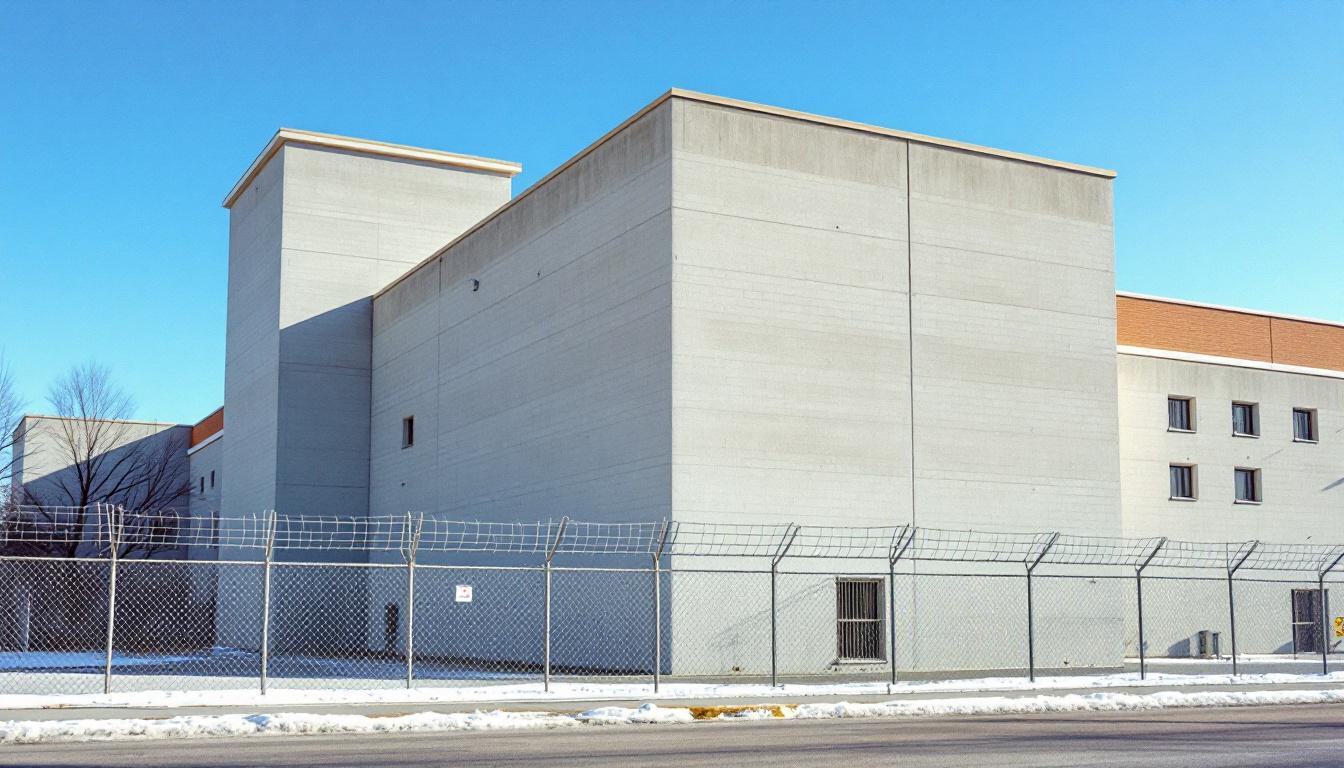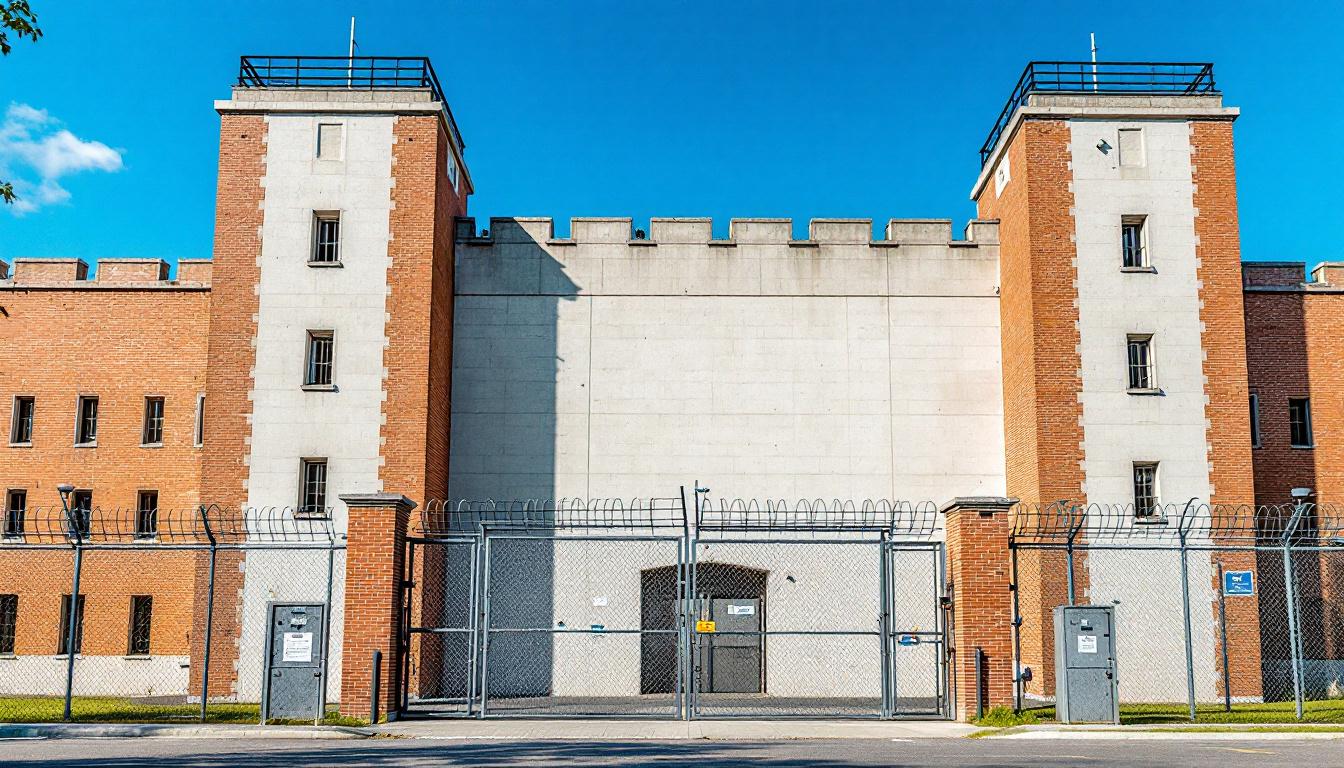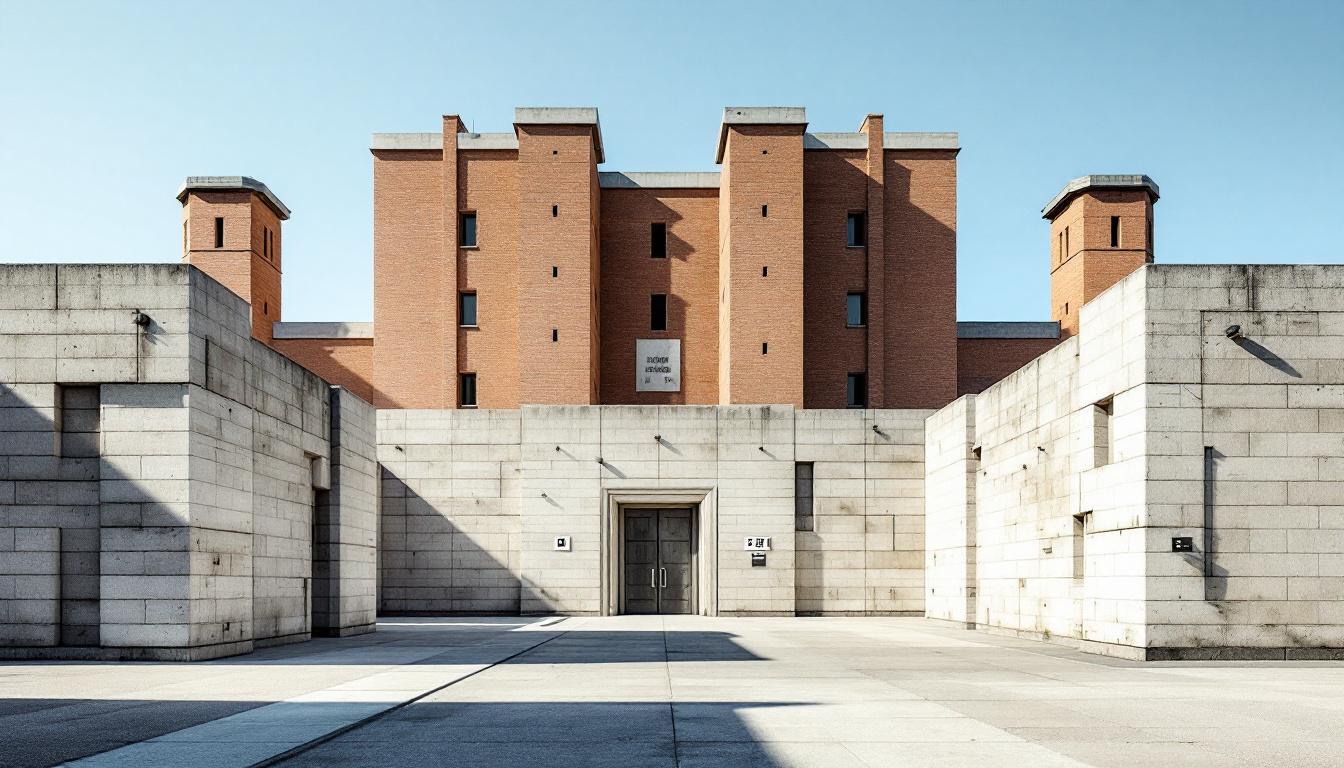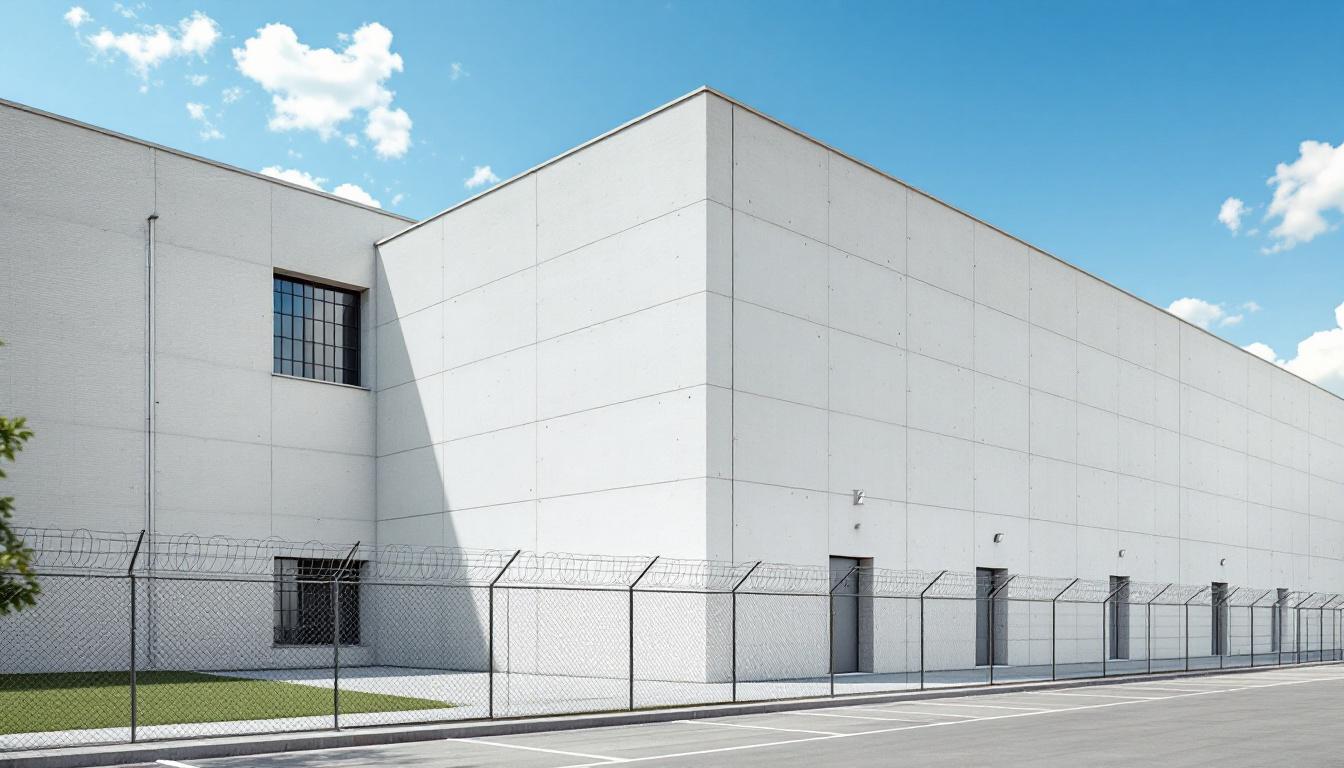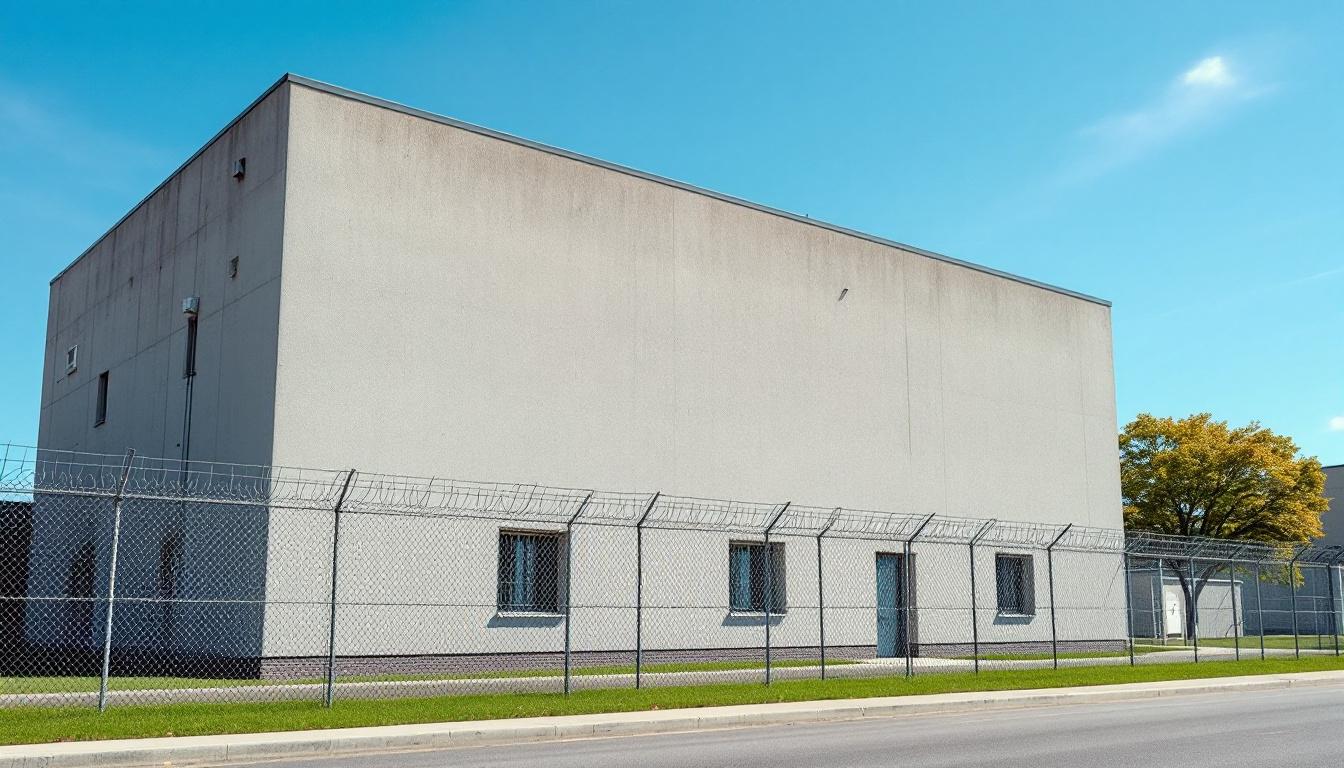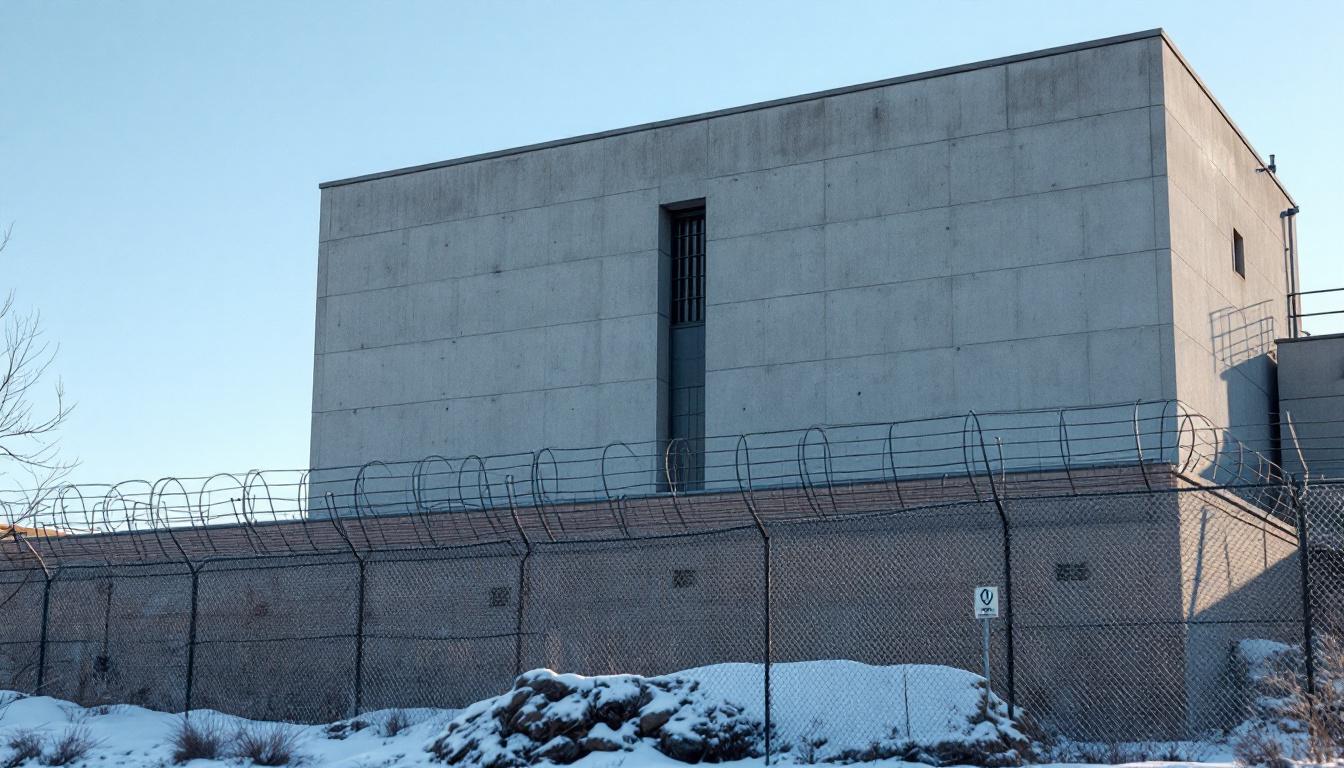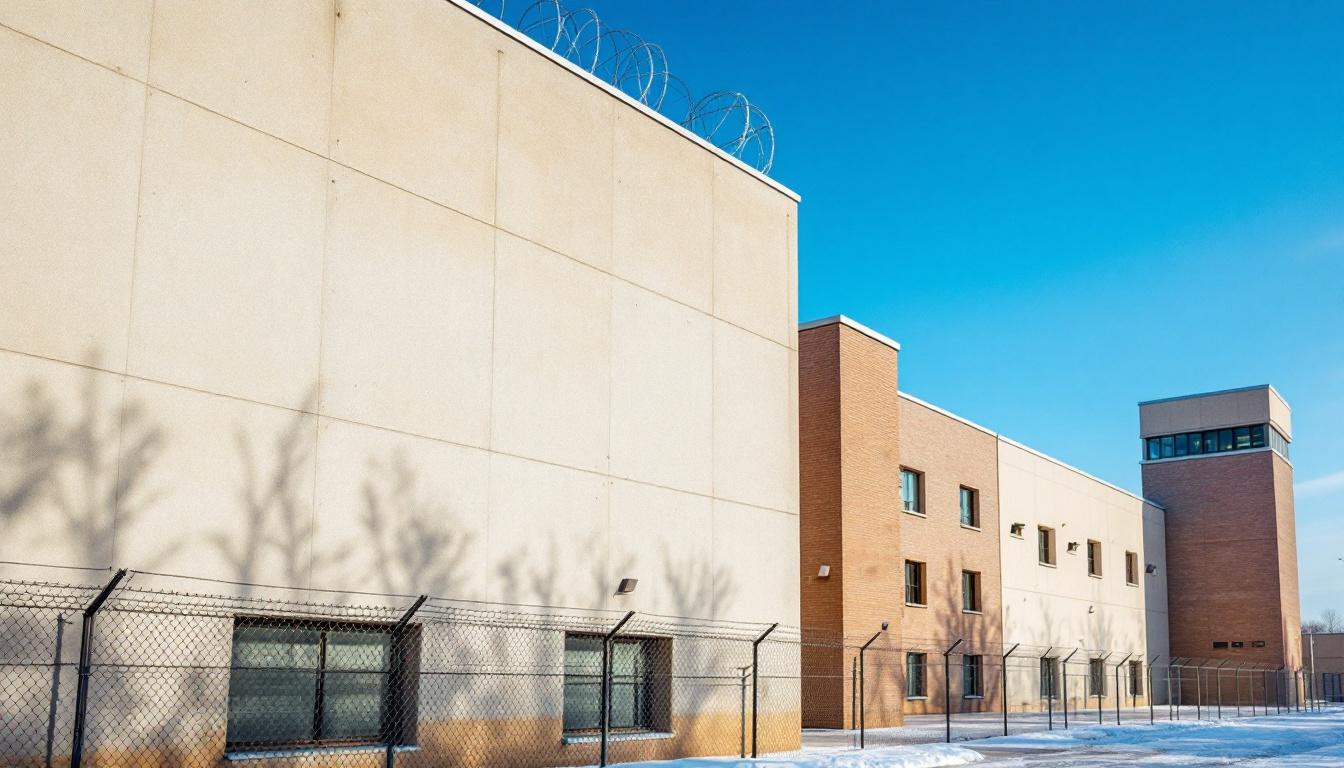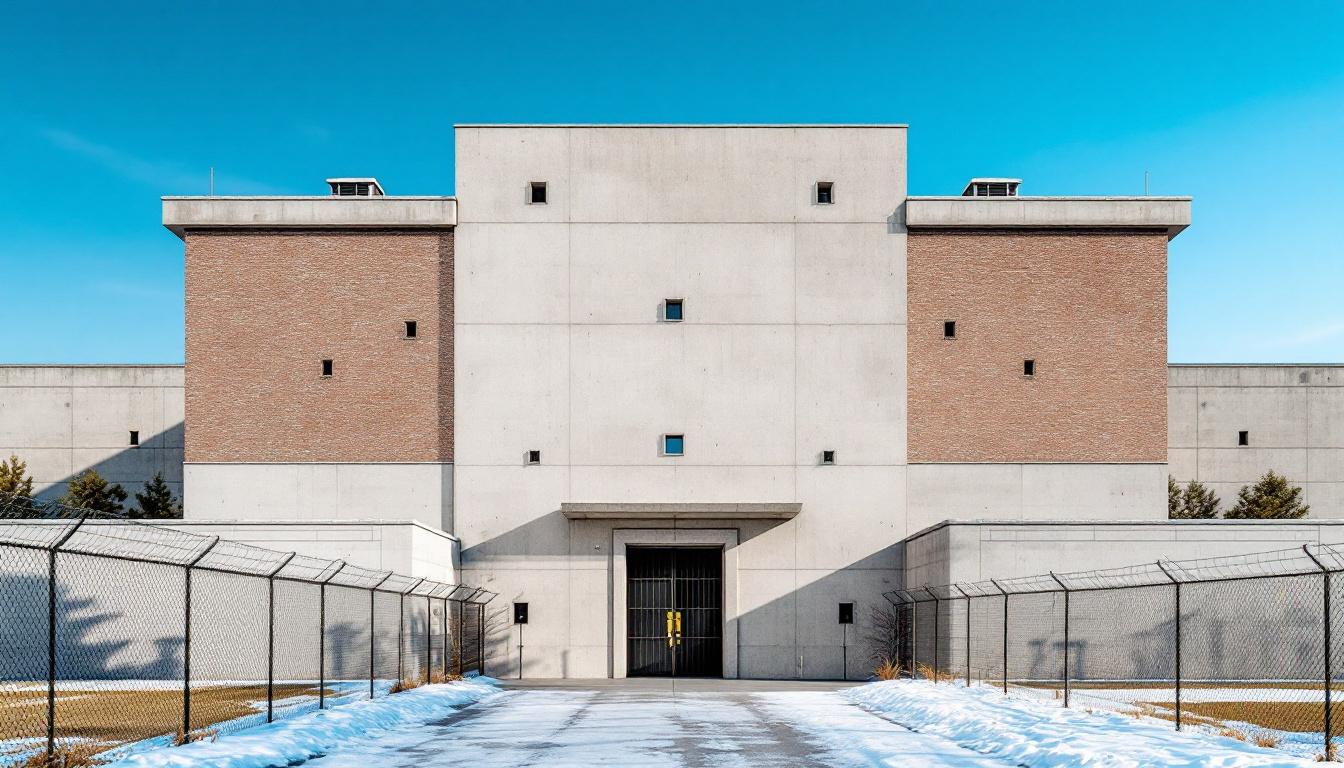
Quick Navigation
How to contact an inmate at South Carolina Department of Corrections
This comprehensive guide will walk you through how to connect with an inmate at South Carolina Department of Corrections. Follow the steps below to find an inmate and send letters and photos:
- Search for the inmate using our search tool below
- Create your account or log in to Penmate
- Write your message (up to 6,000 characters)
- Send instantly - inmates receive printed copies daily
Find an Inmate
Search for an inmate to start communicating today
Tip: You can search by first name, last name, or inmate ID number
To contact a person at South Carolina Department of Corrections start by searching for the person on the official facility website. Perform a search by following these steps:
- Step 1: Enter their first name and last name into the search form and click "Search"
- Step 2: Locate their inmate record
- Step 3: Write down their Inmate ID and any housing information provided
Important! Be sure to enter the person's full name. Nicknames should not be used.
How to Send Messages to Inmates

You can use your phone or computer to send emails, letters, and photos to an inmate. Messages are sent electronically to inmate tablets or kiosks at the facility. If you would like to send a message, start by searching for an inmate at South Carolina Department of Corrections.
Sending Photos and Postcards

A great way to send love and support to a loved one at South Carolina Department of Corrections is to send photos and postcards. It only takes a few minutes to send photos from your phone and it makes a huge difference. You can also mail postcards with words of support and inspiration, or design your own postcard for special moments like birthdays and holidays.
Important! Be sure not to send any explicit photos or they may not be approved by the facility. You can also use a photo printing app like Penmate to make sure your photos are printed at the correct size (4x6 or 3x5) and are mailed according to the rules and regulations of South Carolina Department of Corrections.
Frequently asked questions about South Carolina Department of Corrections
-
How long does it take to deliver a message?
If you're sending an email message your letter is usually delivered within 24-48 hours. For messages sent via mail you should expect delivery within 3-7 days. All messages will need be approved by South Carolina Department of Corrections.
-
How much does it cost to send a message to South Carolina Department of Corrections?
You can send a message free using your phone or mail a message via USPS for the price of a $0.60 stamp and envelope. You can also purchase credits or e-stamps from services starting at $1.99.
-
What services can I use to contact an inmate at South Carolina Department of Corrections?
Penmate
You can use Penmate to send letters and photos to an inmate from your phone. It's an easy way to stay in touch during your loved one's incarceration. Use the inmate locator to find an inmate's location and contact information, then you can send messages within a few minutes.
Securus messaging
Securus may be another option for communicating with an inmate at South Carolina Department of Corrections. You can create a friends and family account and purchase credits to send messages. All messages will be reviewed and must be approved by the facility.
JPay
Some county jails and state prisons may support sending messages with JPay. You must register an account with the system, find your loved one, and purchase stamps to send messages. For some locations you can also attach photos.
Smart Jail Mail
You may also check if Smart Jail Mail is available at South Carolina Department of Corrections. Smart Jail Mail is operated by Smart Communications and has contracted with some state and county jails. After purchasing credits, your messages and photos are sent to the facility, printed out, and then handed out to your loved one.
-
What is the mailing address of South Carolina Department of Corrections?
Mailing address:
South Carolina Department of Corrections
4444 Broad River Rd
Columbia, SC 29221
Phone: (803) 896-8531Business hours:
- Monday: 8:00 AM – 5:00 PM
- Tuesday: 8:00 AM – 5:00 PM
- Wednesday: 8:00 AM – 5:00 PM
- Thursday: 8:00 AM – 5:00 PM
- Friday: 8:00 AM – 5:00 PM
- Saturday: Closed
- Sunday: Closed
-
What are the visiting hours at South Carolina Department of Corrections?
Visiting hours at South Carolina Department of Corrections vary by housing unit and security level. Generally, visits are scheduled on weekends and holidays, with some facilities offering weekday visits. Contact the facility directly at (803) 896-8531 or check their website for the current visiting schedule. Visits typically last 30-60 minutes and must be scheduled in advance.
-
What items are prohibited when sending mail to South Carolina Department of Corrections?
Prohibited items typically include: cash, personal checks, stamps, stickers, glitter, glue, tape, staples, paperclips, polaroid photos, musical or blank greeting cards, hardcover books, magazines with staples, and any items containing metal or electronics. Only send letters on plain white paper with blue or black ink. Photos must be printed on regular photo paper (no Polaroids). Always check with South Carolina Department of Corrections for their specific mail policies.
-
How do I send money to an inmate at South Carolina Department of Corrections?
You can send money to an inmate at South Carolina Department of Corrections through several methods: 1) Online using JPay, Access Corrections, or the facility's approved vendor, 2) Money orders mailed directly to the facility with the inmate's name and ID number, 3) Kiosks located in the facility lobby, or 4) Over the phone using a credit or debit card. Fees vary by method, typically ranging from $2.95 to $11.95 per transaction.
-
Can I schedule a video visit with an inmate at South Carolina Department of Corrections?
Many facilities now offer video visitation as an alternative to in-person visits. At South Carolina Department of Corrections, video visits may be available through services like Penmate, Securus Video Connect, GTL, or ICSolutions. Video visits typically cost $10-20 for 20-30 minutes and must be scheduled in advance. You'll need a computer or smartphone with a camera and reliable internet connection. Contact the facility for their specific video visitation policies and approved vendors.
-
What identification do I need to visit an inmate at South Carolina Department of Corrections?
All visitors must present valid government-issued photo identification such as a driver's license, state ID, passport, or military ID. Minors must be accompanied by a parent or legal guardian who can provide the minor's birth certificate. Some facilities require visitors to be on the inmate's approved visitation list, which may require a background check. Contact South Carolina Department of Corrections for specific ID requirements and visitor approval procedures.
-
How can I find out an inmate's release date?
To find an inmate's release date at South Carolina Department of Corrections, you can: 1) Use the online inmate search tool if available, 2) Call the facility's records department, 3) Contact the inmate's case manager or counselor, or 4) Have the inmate provide this information during a call or visit. For privacy reasons, some facilities only release this information to immediate family members.
Facility Overview
Contact Information
South Carolina Department of Corrections4444 Broad River Rd
Columbia, SC 29221
Phone: (803) 896-8531
Official Website

About South Carolina Department of Corrections
Community partnerships throughout Columbia form the cornerstone of how the South Carolina DOC facility operates, connecting incarcerated individuals with resources that extend far beyond institutional walls. This correctional facility typically collaborates with local organizations, educational institutions, and workforce development agencies to create pathways for successful reintegration into the broader Columbia community.
The facility generally emphasizes outcome-driven programming that addresses multiple aspects of rehabilitation and personal development. Educational services may include literacy programs, GED preparation, and vocational training opportunities designed to align with regional employment needs in the Columbia area. Mental health and substance abuse treatment programs often work in conjunction with community-based providers to ensure continuity of care upon release. These initiatives typically focus on measurable progress indicators, helping participants develop practical skills while addressing underlying factors that may have contributed to their incarceration.
Located within South Carolina’s capital city, this correctional facility serves as an integral component of the state’s broader corrections system while maintaining strong ties to local support networks. The institution may offer family visitation programs, religious services, and recreational activities that help maintain community connections during incarceration. Reentry preparation services often include job placement assistance, housing coordination, and ongoing case management support that leverages Columbia’s network of social services and nonprofit organizations, creating a comprehensive approach to reducing recidivism and supporting long-term community safety.
Programs & Services
Personal transformation within South Carolina’s correctional system centers on comprehensive service delivery designed to address the multifaceted needs of inmates seeking meaningful change. The department’s approach recognizes that sustainable rehabilitation requires addressing educational deficits, developing marketable skills, and fostering personal growth through structured support systems. This holistic philosophy emphasizes that effective reentry preparation must encompass both practical skill development and character formation, creating pathways for inmates to rebuild their lives with purpose and direction.
Educational services form the cornerstone of personal development opportunities, with adult basic education typically serving as the foundation for academic advancement. These services often include literacy improvement, high school equivalency preparation, and continuing education opportunities that enable inmates to pursue their educational goals. Also, vocational programs may provide hands-on training in various trades and technical skills, equipping participants with marketable abilities that enhance their employment prospects upon release. The integration of educational and vocational services creates a comprehensive learning environment where inmates can develop both intellectual capacity and practical expertise.
Support services extend beyond academic and vocational training to address the spiritual, physical, and emotional dimensions of personal development. Faith-based initiatives typically offer inmates opportunities for spiritual growth and moral reflection, while volunteer programs may connect participants with community mentors who provide guidance and encouragement. Also, physical fitness services often promote health and wellness, contributing to overall well-being and discipline. Specialized training in areas such as upholstery may provide inmates with comprehensive skill sets, while therapeutic services address underlying issues that contribute to criminal behavior, fostering the self-awareness and coping strategies essential for successful reintegration into society.
Daily Life & Visitation

The concrete walls and steel doors of housing units across South Carolina’s correctional facilities create a controlled environment where every aspect of daily existence follows carefully structured protocols. At present, inmates actively navigate this regimented world through established routines that typically begin before dawn with count procedures and extend through evening lockdown. The institutional schedule generally revolves around mandatory counts, meal periods, work assignments, and designated recreation times, with inmates learning to adapt their personal rhythms to these non-negotiable timeframes that provide the framework for each day.
Housing accommodations within the facilities typically consist of shared cells or dormitory-style units, where inmates generally live with one or more cellmates in spaces equipped with basic furnishings including bunks, a small desk area, and storage for approved personal belongings. However, the physical environment extends beyond individual living spaces to include common areas such as dayrooms where inmates may watch television, play games, or socialize during designated periods. Also, dining arrangements usually involve scheduled meal times in central cafeterias, where inmates receive nutritionally planned meals that often reflect institutional standards while accommodating various dietary requirements and restrictions.
Structured programming schedules provide inmates with opportunities to engage in educational classes, vocational training, and therapeutic programs that may help prepare them for eventual reintegration. Recreation and exercise opportunities typically include access to outdoor yards, gymnasiums, or recreational areas where inmates can participate in sports, physical fitness activities, or simply spend time outside their housing units. However, family connections remain vital through visitation programs that usually allow approved visitors to meet with inmates during scheduled periods, while communication options generally include monitored telephone calls and correspondence that help maintain important relationships with loved ones on the outside.
Ready to Connect?
Start communicating with your loved one today
Search for an Inmate
